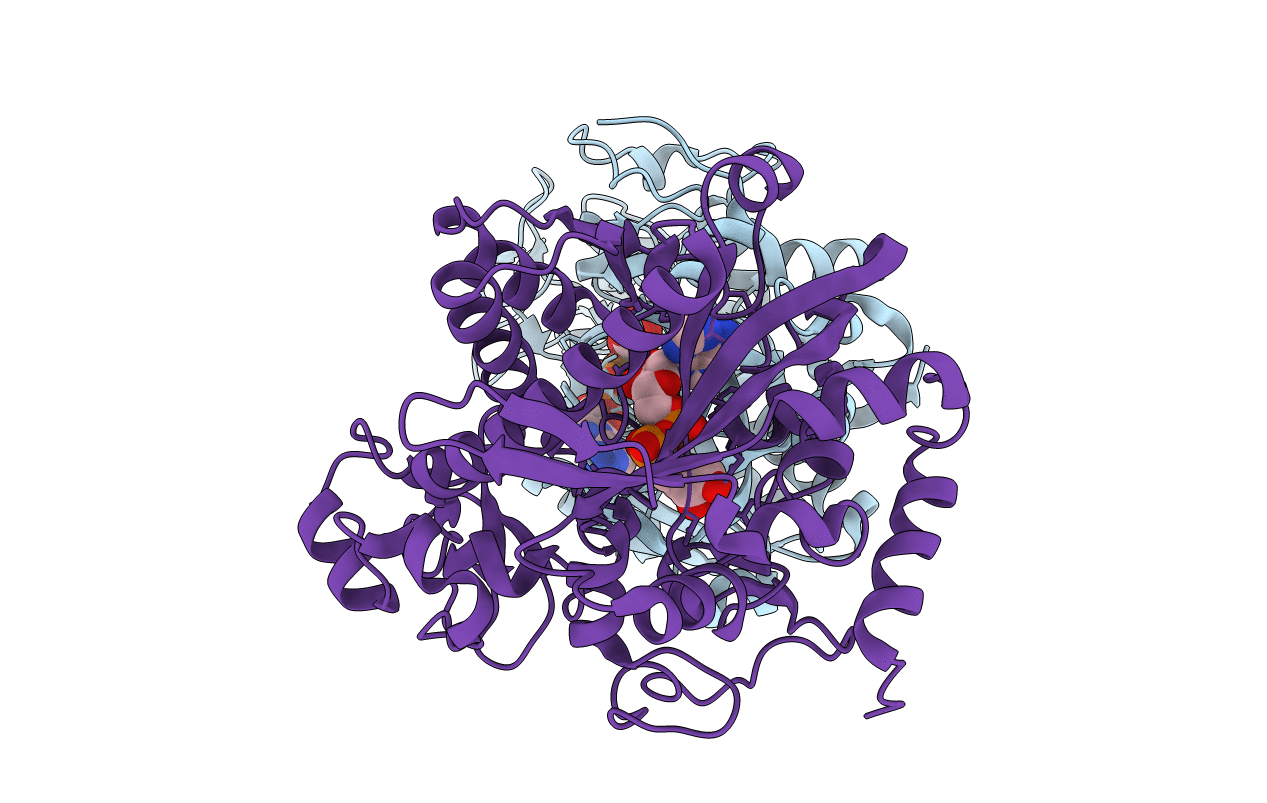
Deposition Date
2021-12-17
Release Date
2022-06-15
Last Version Date
2023-11-29
Entry Detail
PDB ID:
7WBM
Keywords:
Title:
Crystal structure of Legionella pneumophila effector protein Lpg0081
Biological Source:
Source Organism:
Host Organism:
Method Details:
Experimental Method:
Resolution:
2.70 Å
R-Value Free:
0.20
R-Value Work:
0.15
R-Value Observed:
0.15
Space Group:
C 1 2 1


